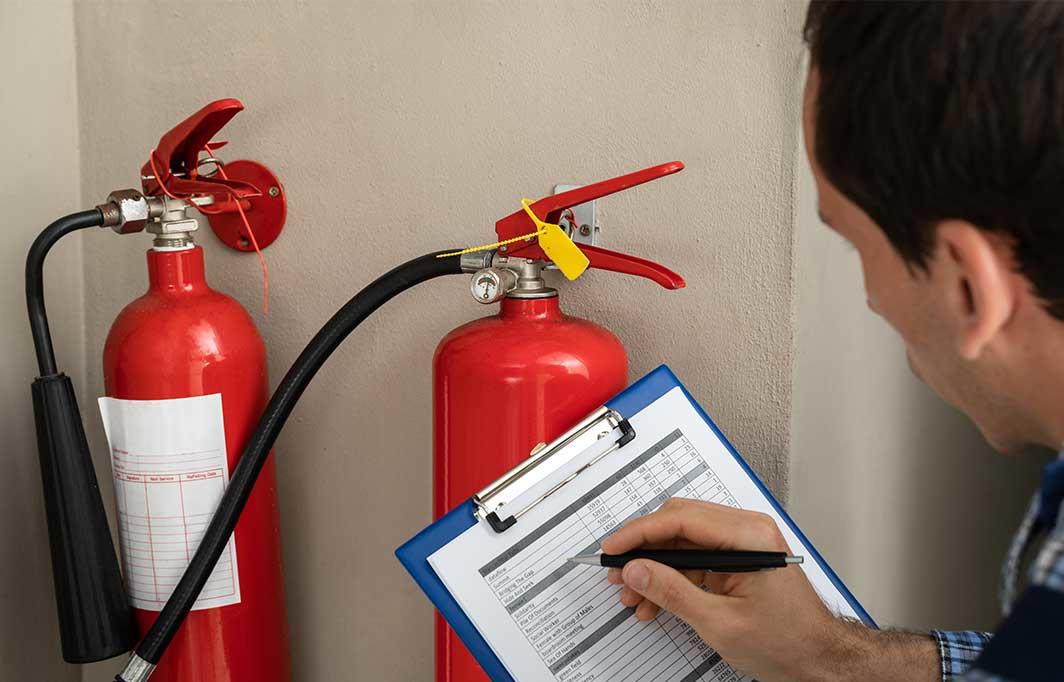Fire safety reforms: White Paper, The Fire Safety (England) Regulations 2022, and Emergency Evacuation Information Sharing
News
- Building safety
15 June 2022

Across May and June, several reform plans, updated guidance and new Regulations were published, largely covering three areas: a White Paper seeking to strengthen the emergency services and seeking to ensure people feel safer in their homes; The Fire Safety (England) Regulations 2022; and Emergency Evacuation Information Sharing. An updated Approved Document B was also published together with more Regulations on cladding.
White paper
At the centre of the White Paper are plans to deliver:
- increased public safety by improving the professionalism of the fire and rescue service through modern workforce practices and potentially establishing a College of Fire and Rescue
- improved accountability through the proposals to transfer fire governance to a single elected individual, overseeing delivery by operationally independent Chief Fire Officers
- better engagement with the public through the 10-week consultation where the government will listen to the views of the public and stakeholders, after which it will finalise its reform programme.
Fire Safety (England) Regulations 2022
Alongside the commencement order for the Fire Safety Act, May also saw the launch of the Fire Safety (England) Regulations 2022. These Regulations are implementing many of the recommendations of the Grenfell Tower Inquiry in relation to information requirements for high-rise buildings (at least 18 m above ground and containing two or more domestic premises). However, some of the requirements also apply to domestic buildings over 11m and any domestic building.
The requirements cover both information and maintenance/redress rules in relation to the secure information box, the design and materials of external walls, floor plans and building plan, lifts and essential fire-fighting equipment, wayfinding signage, information to residents, fire doors and provision of electronic documents to local fire and rescue authority. The Fire Safety (England) Regulations 2022 and its factsheets can be found here.
Personal Emergency Evacuation Plans (PEEPS) being overhauled by new Emergency Evacuation Information Sharing (EEIS) proposals
Last summer saw the government run its PEEPs consultation, to which IWFM responded. In May, the Government published its formal government response to the consultation.
They recognised that significant issues were raised covering three broad areas – practicality, proportionality and safety - which let them to conclude they are currently unable to mandate PEEPs in high-rise residential buildings, contrary to recommendation from the Grenfell Tower Inquiry. A new EEIS+ consultation therefore seeks views on alternative proposals to support the fire safety of residents who would need support to evacuate in an emergency. IWFM will prepare a response to the consultation, the latter which can be found here. If you would like to feed into IWFM’s response, please do get in touch with [email protected]
Other strengthened Regulations and updated Approved Document B
Following a review and consultation, the government has introduced regulations to strengthen the ban on combustible materials used in and on the external walls of buildings.
The ban on combustible materials in and on the external walls of buildings, introduced in 2018, will now apply to hotels, hostels and boarding houses – in addition to blocks of flats, hospitals, student accommodation and dormitories in boarding schools.
These changes will also ban Metal Composite Material panels with unmodified polyethylene core, known as MCM PE, on all new buildings at any height. This follows research carried out by the government and evidence heard at the Grenfell Tower Inquiry on the serious fire safety risks associated with this material.
The government has also published an update to Approved Document B to introduce new rules for external walls and balconies for new blocks of flats between 11 metres and 18 metres in height. More information about these changes can be found here.
